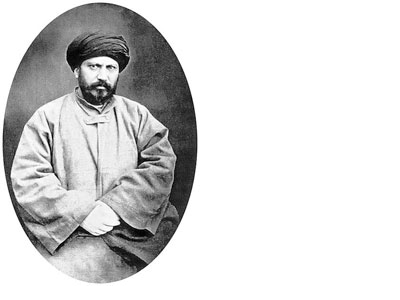Sign up for FlowVella
Sign up with FacebookAlready have an account? Sign in now
By registering you are agreeing to our
Terms of Service
Loading Flow



Islam history
The period immediately following Muhammad's death until the death of his cousin and son-in-law Ali in 661 is remembered as a kind of golden age by some Muslims. It was the Age of the Rashidun, or "rightly-guided ones," when Muhammad's close companions led the community of Muslims.
Death of Muhammad 632 CE
Caliphate of Abu Bakr 632-634
Caliphate of Umar ibn al-Khattab 634-644
Caliphate of Uthman ibn Affan 644-656
Caliphate of Ali Ibn Abi Talib
(cousin & son-in-law of Muhammad) 656-661
Fitna: first Islamic civil war 656-661
When the Prophet Muhammad's cousin and son-in-law Ali was killed in 661, the Age of the Rashidun, or rightly-guided ones, came to an end. Mu'awiyah, a member of the powerful Umayyad clan and governor of Syria, assumed the office of caliph and moved the capital of Islam from Medina to Damascus. This marked the beginning of the Umayyad Caliphate, which ruled the Islamic world until 750. By appointing his son Yazid as his successor, Mu'awiyah founded the tradition of family dynasties, which effectively ended the original Islamic practice of electing the caliph by a council of elders, or shura.
